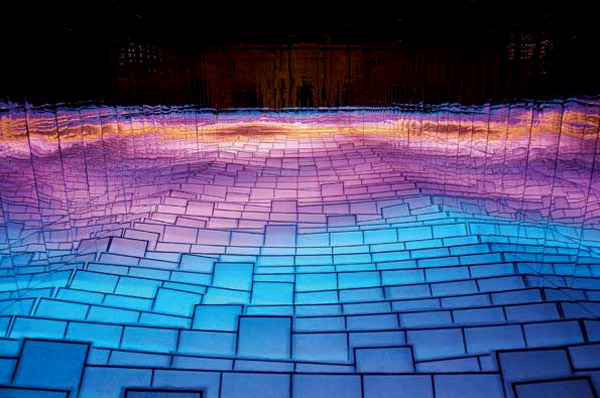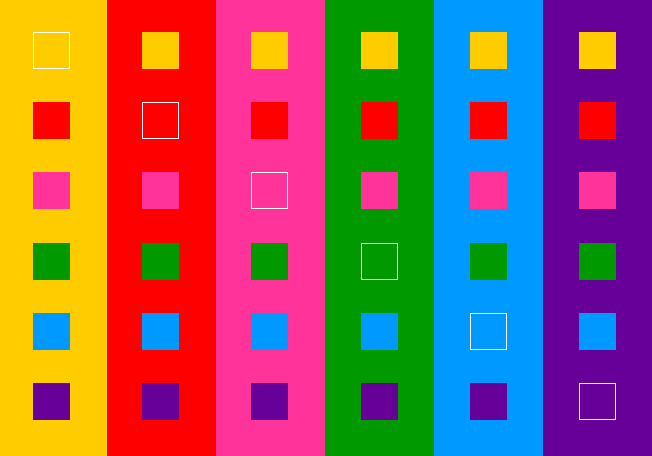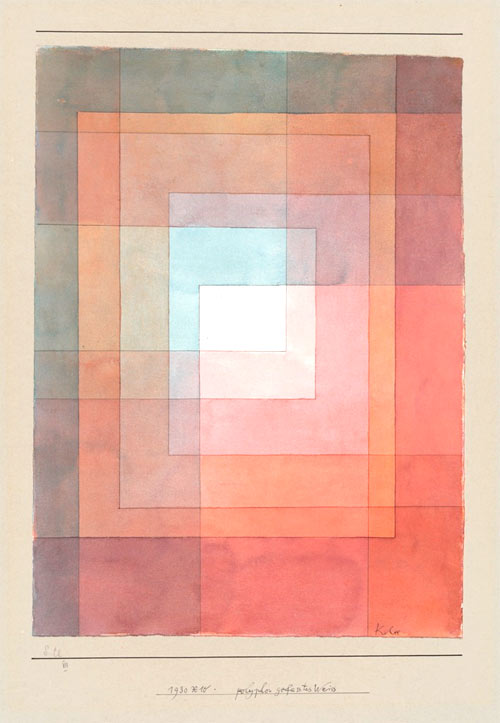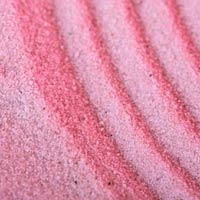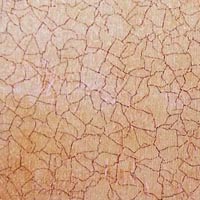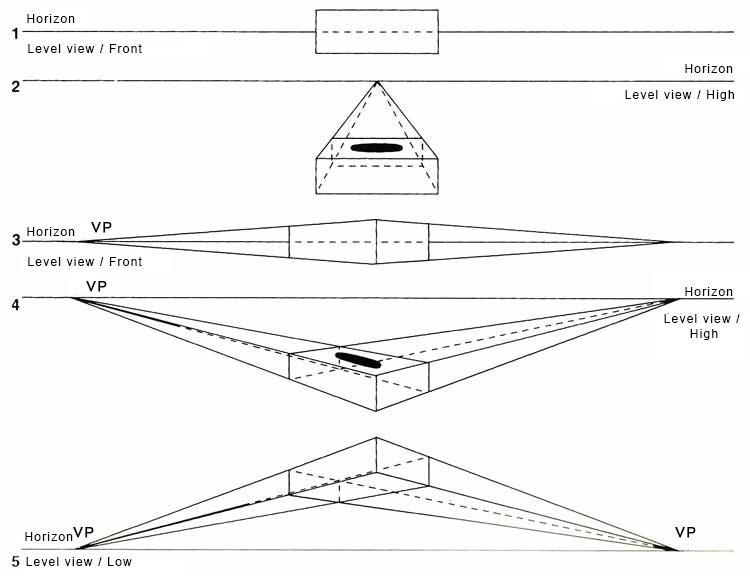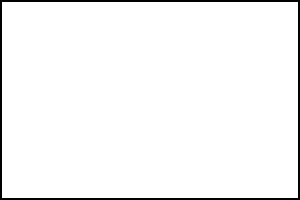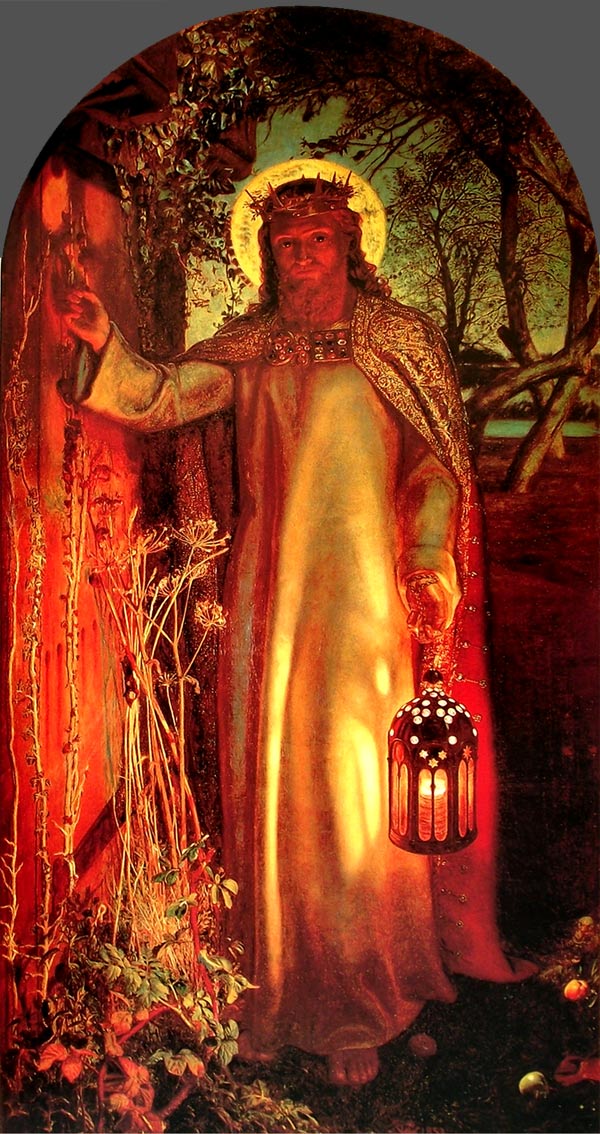Influences and expression of the canvas size
The size of the picture and the form that it has, it´s what we call the basic plane, where all the other visual elements are contained. Every plane has some limits and a certain form that will influence the work itself, adding sensations. Especially because of the visual directions that move the viewer´s eye around the picture.
Normally we determined a format by the height and width, and we differentiate vertical, square, horizontal or landscape format.
What kind of format we would choose for our painting, it is closely related to the intention, to the searched expressiveness and, in short, to the communication itself that we will perform.
Analyzing these types of formats, the standards and the more common sizes, we can develop a list of the adjectives to define and understand them.

